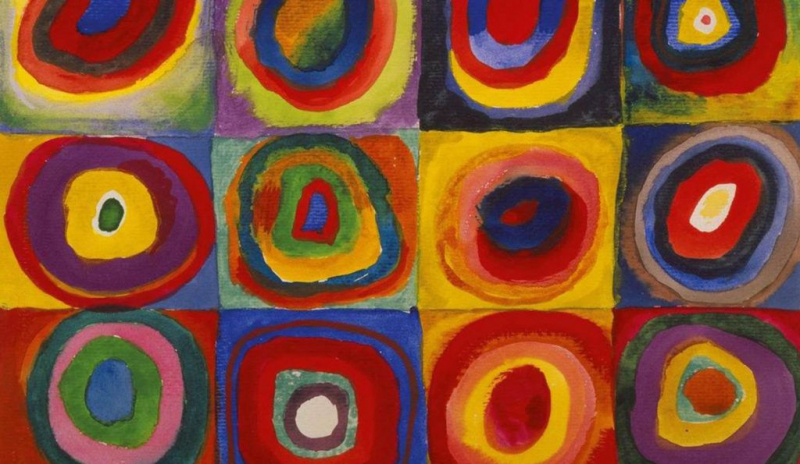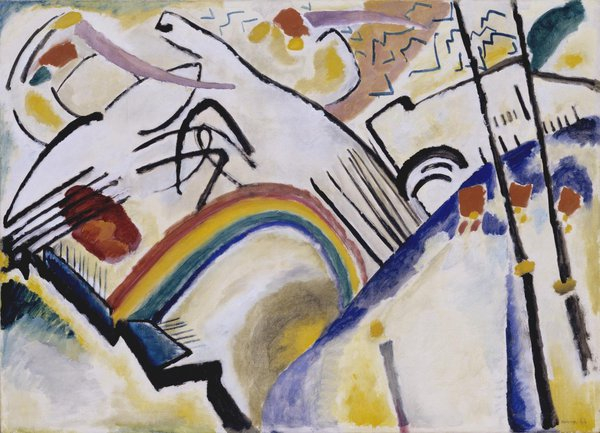Abstract Art
Abstract art is one of the most popular art styles for artists to try. It employs the visual elements of shape, form, color, and line to produce a composition that may exist with a level of independence from external visual cues. From the Renaissance through the nineteenth century, Western art was based on viewpoint logic - as well as the endeavor to replicate the illusion of apparent reality. In the last years of the 19th century, many artists felt compelled to produce a new kind of art that reflected the profound shifts in technology, science, and philosophy.
Diverse societal and intellectual preoccupations, which pervaded all sectors of Western society at that time - were mirrored in the sources from which different painters got their theoretical justifications. Abstraction denotes a break from realism in artistic portrayal. This deviation from the actual depiction may be modest, partial, or total.
The concept of abstract art always undergoes changes. Even art that strives for the utmost degree of realism may be considered abstract - at least in theory - since complete portrayal is unachievable. Artwork that takes liberties - such as modifying color and shape in obvious ways - might be described as somewhat abstract, too. Meanwhile, absolute abstraction has no resemblance to anything recognizable.
Among the many art styles that incorporate partial abstraction is Fauvism - in which color is noticeably and purposefully changed in close relation to reality and cubism. In Fauvism works, the shapes of the represented real-world elements are transformed.
Emergence: 1860
Outstanding artists: Wassily Kandinsky, Jackson Pollock, Piet Mondrian, Mark Rothko








